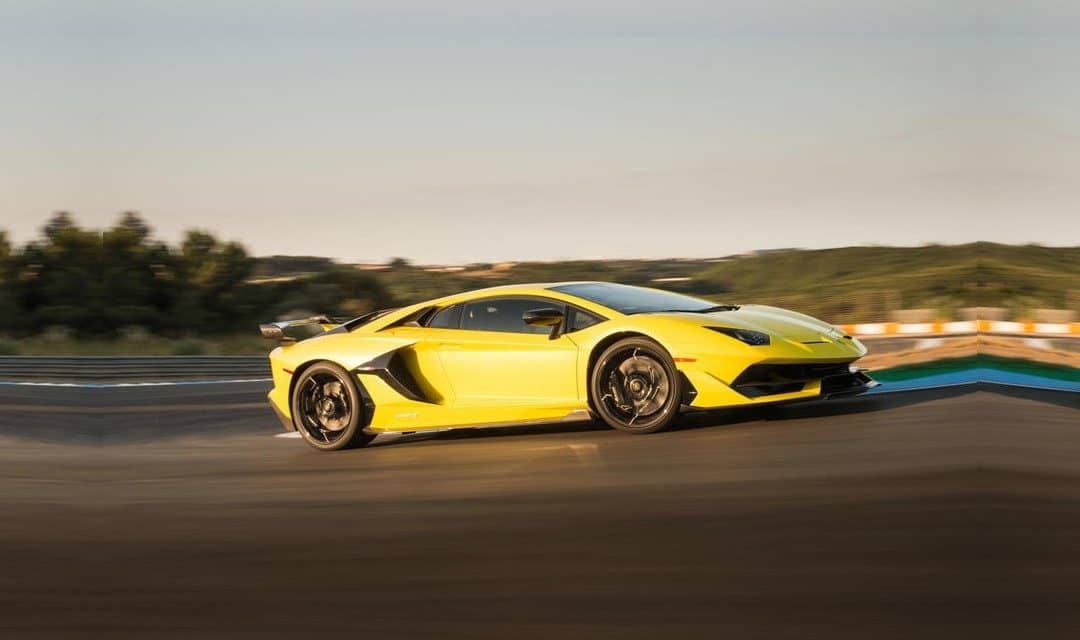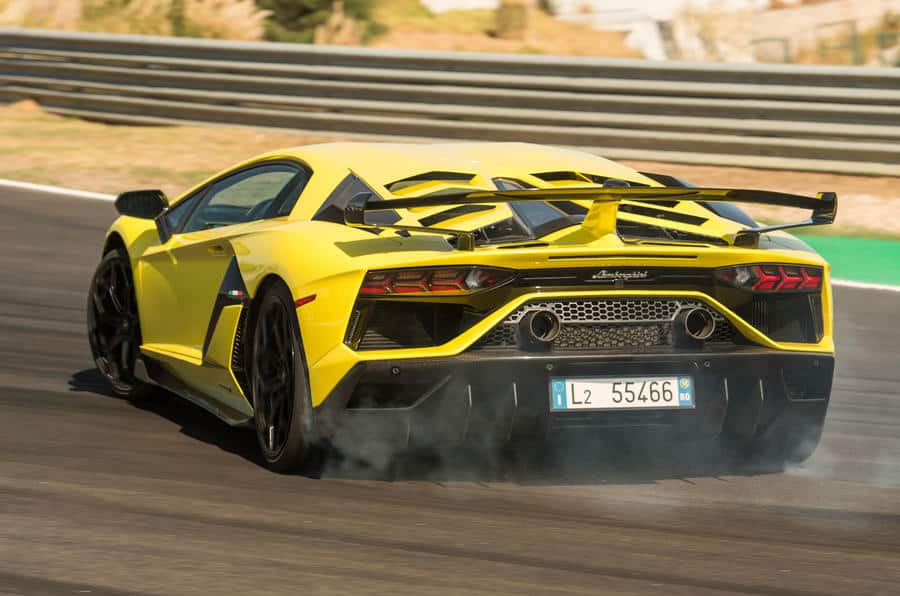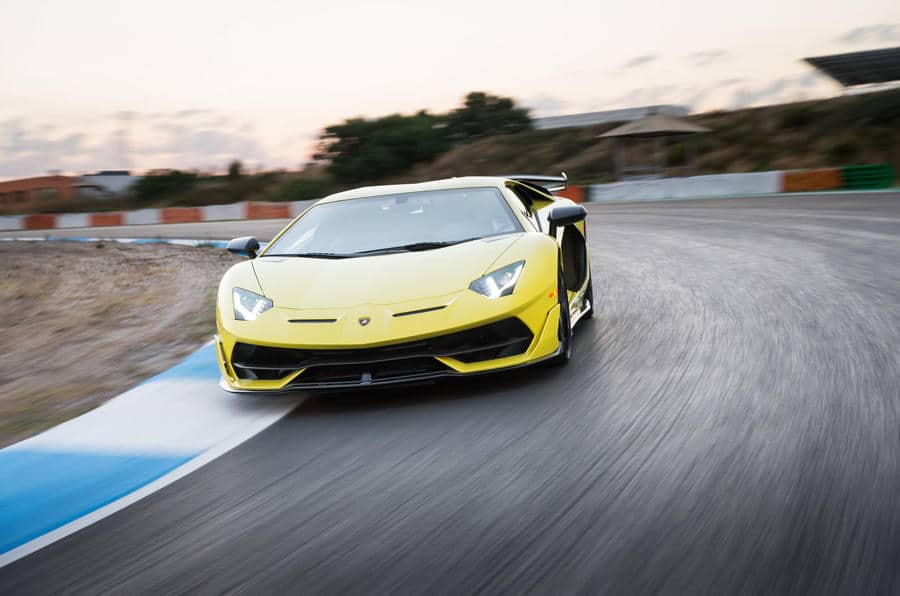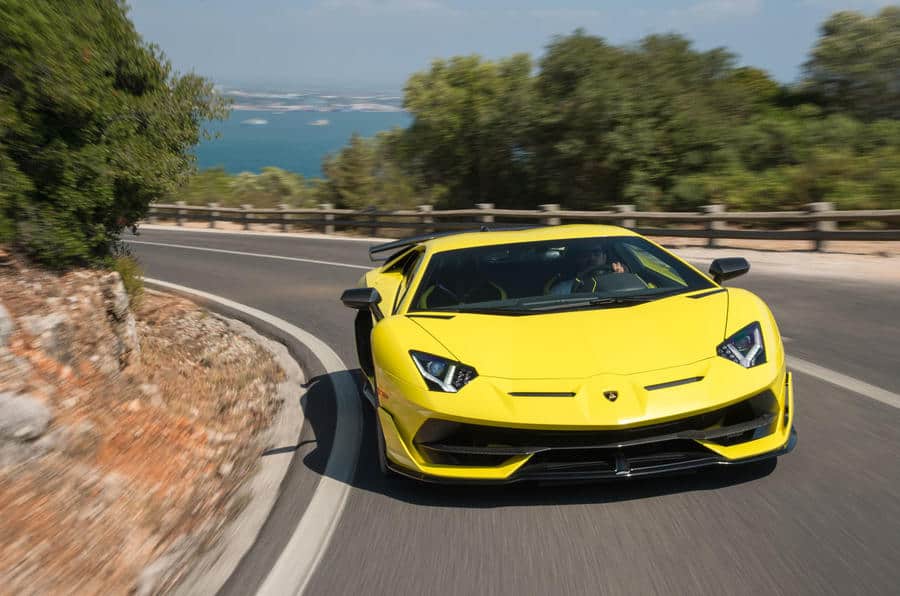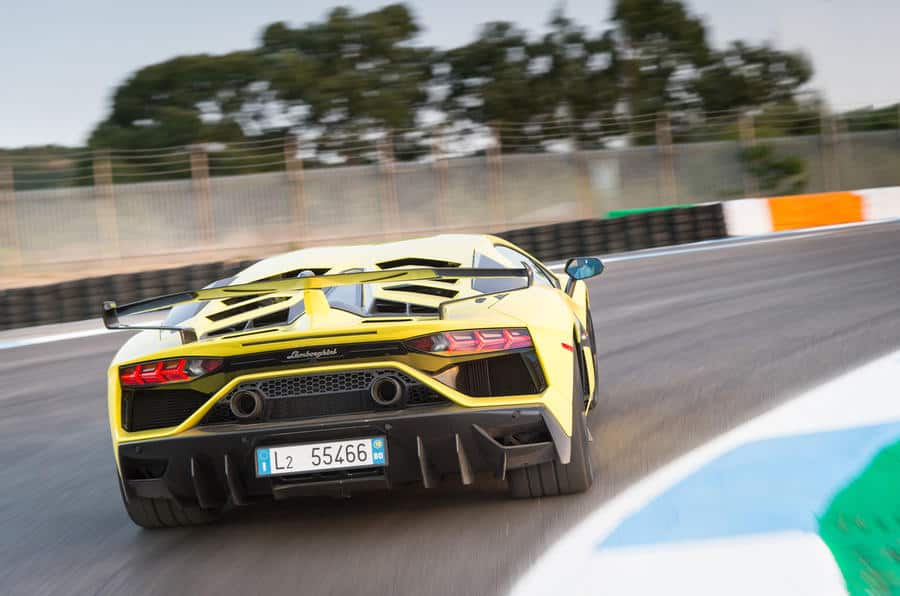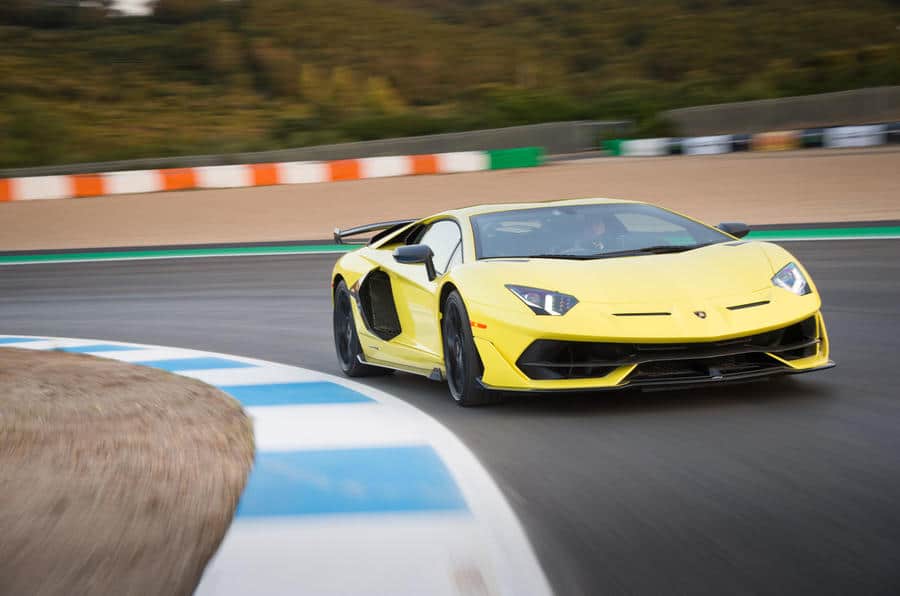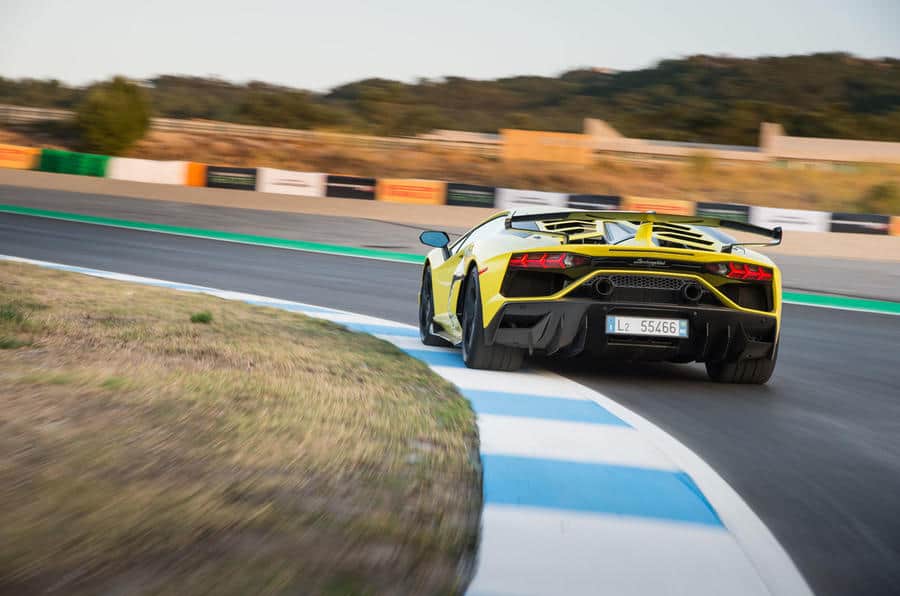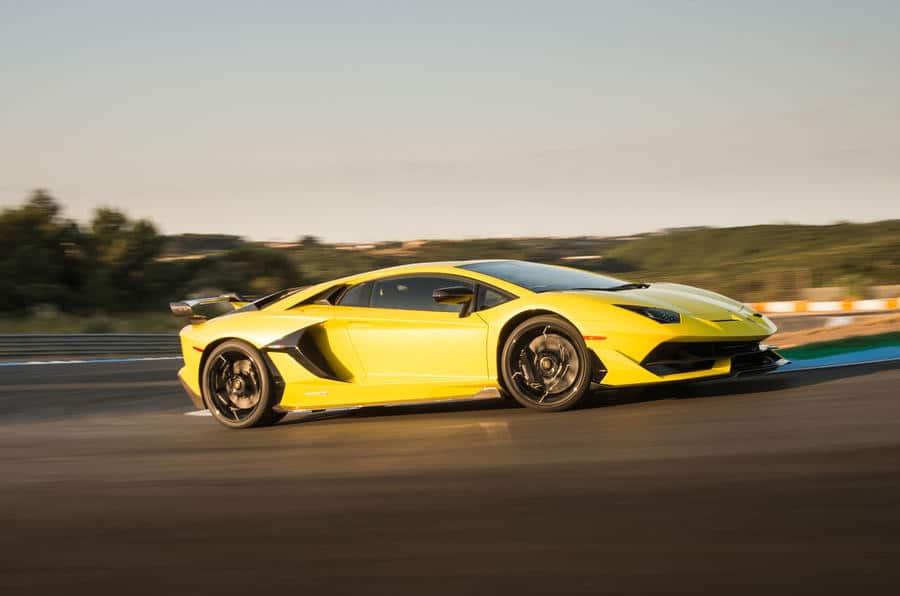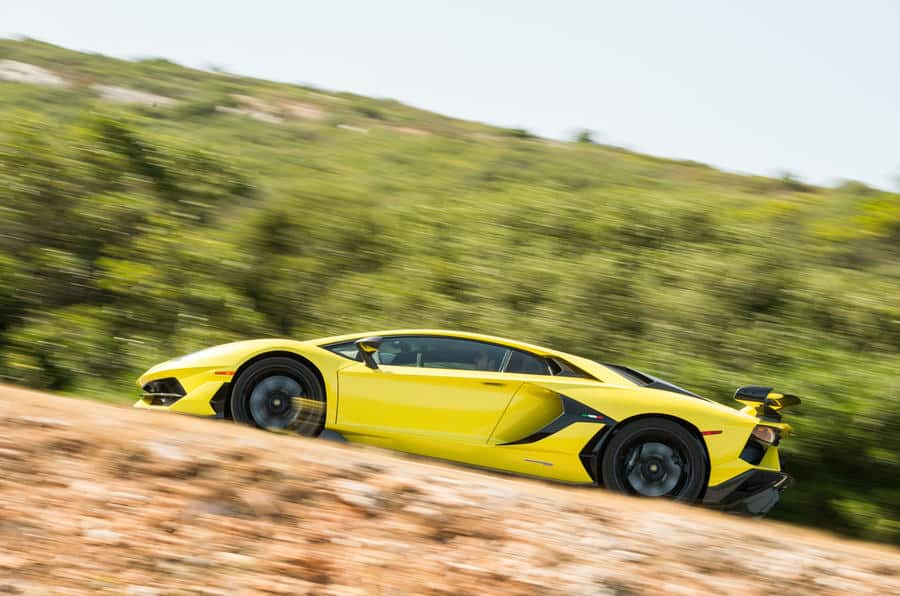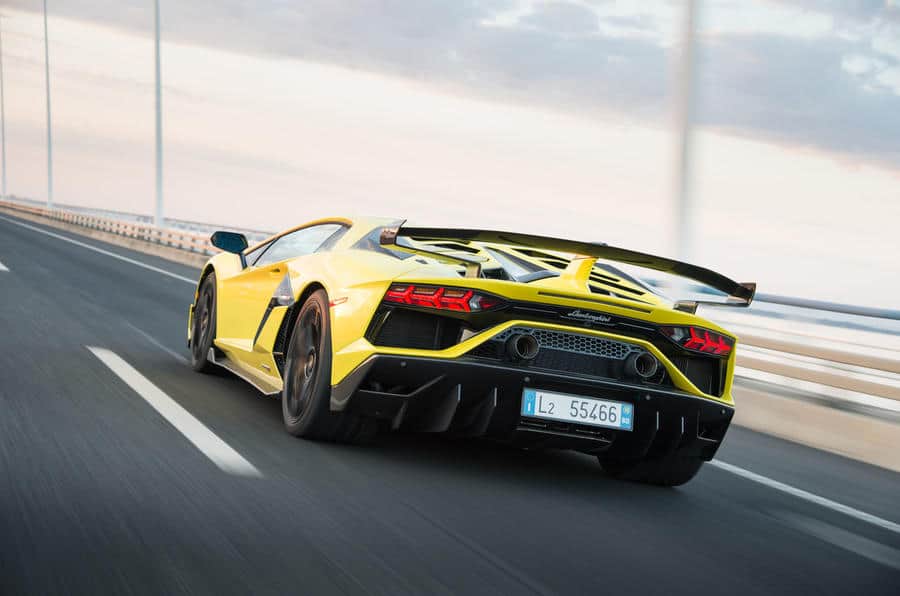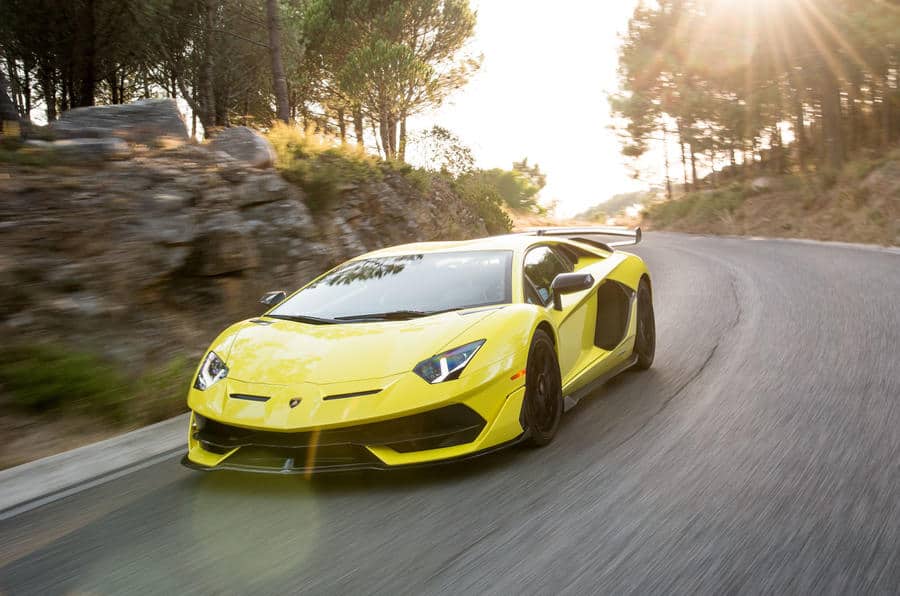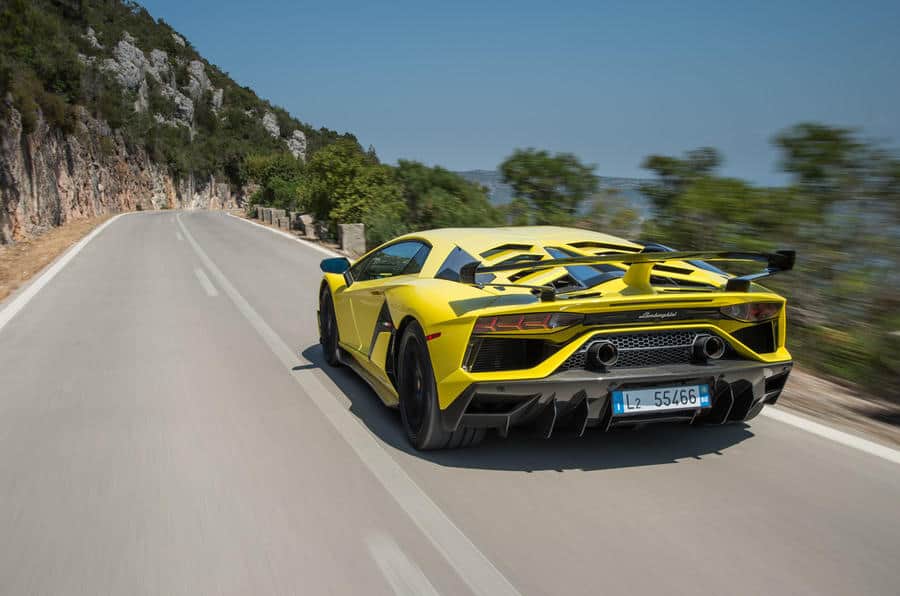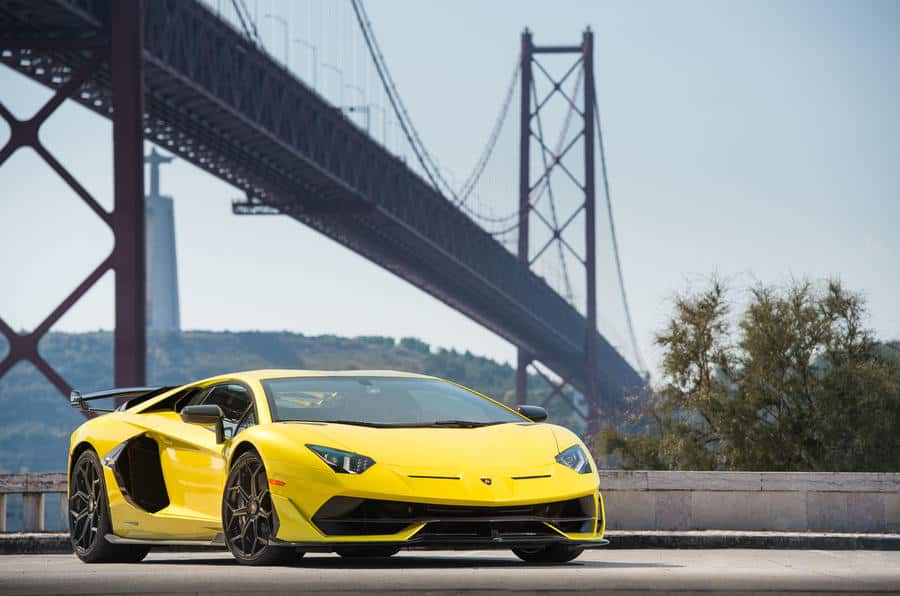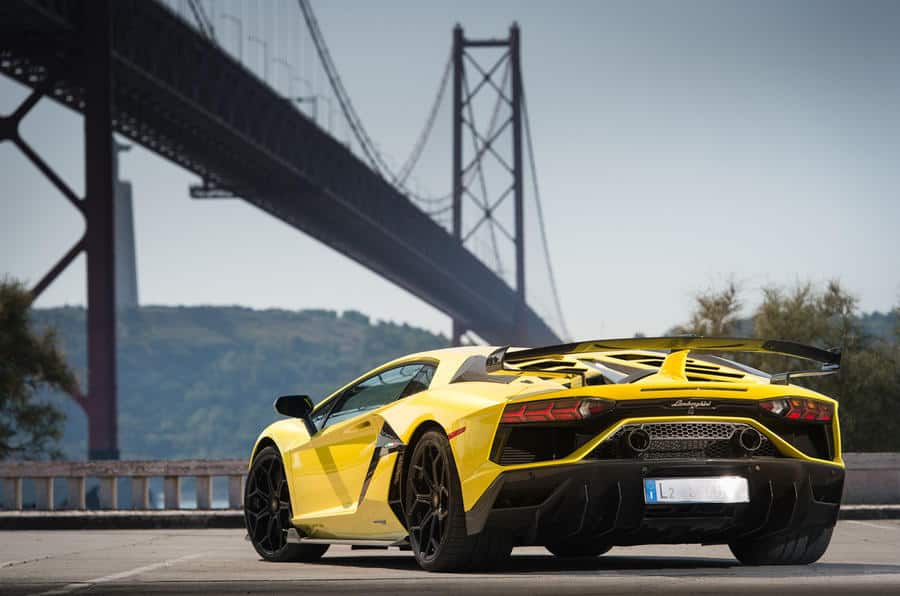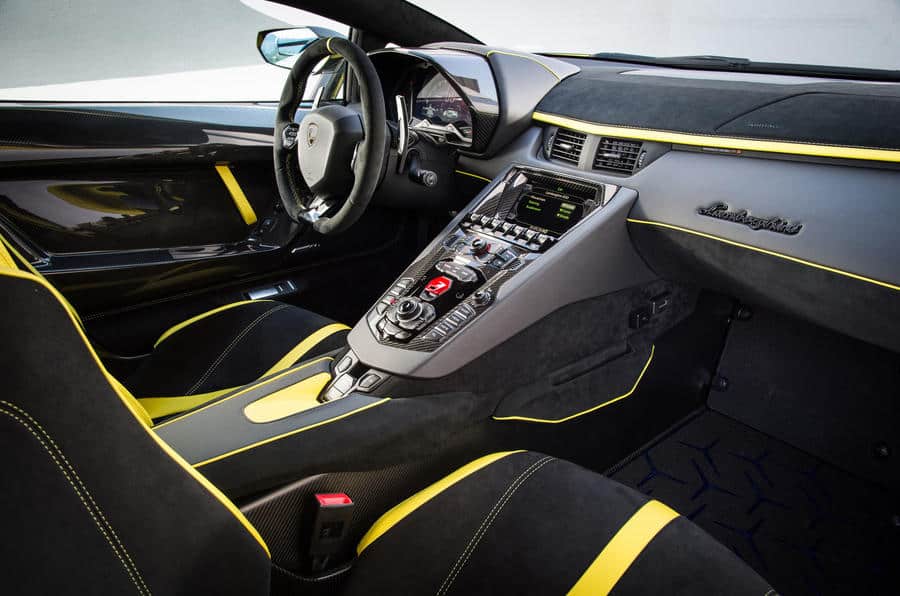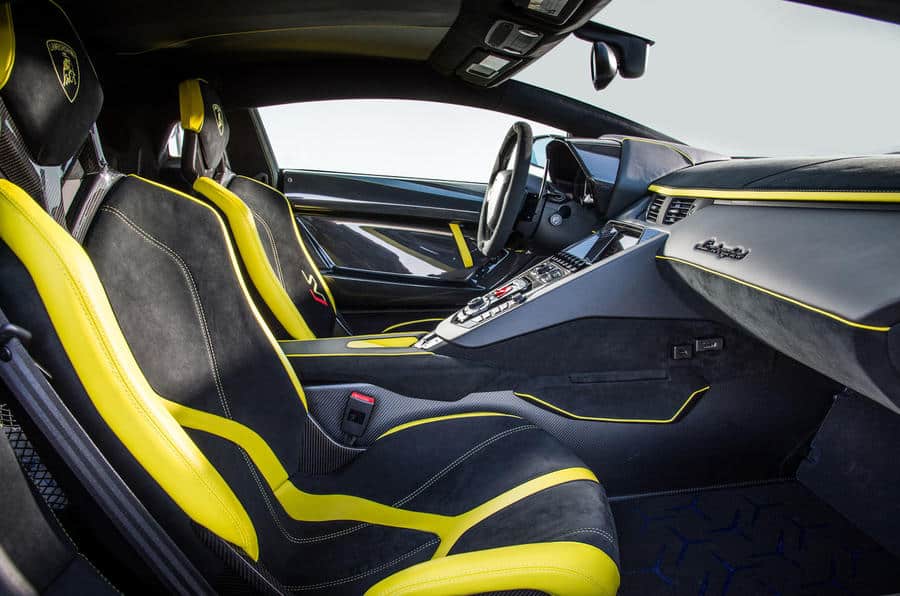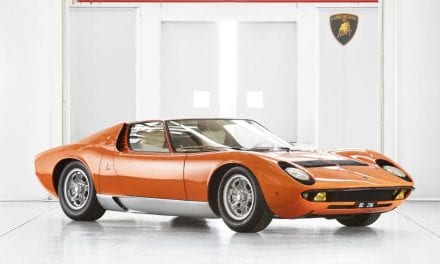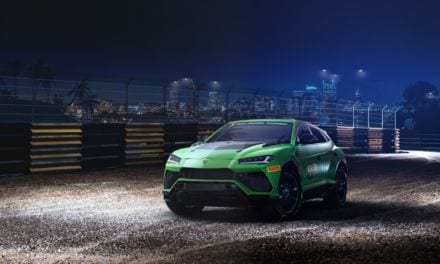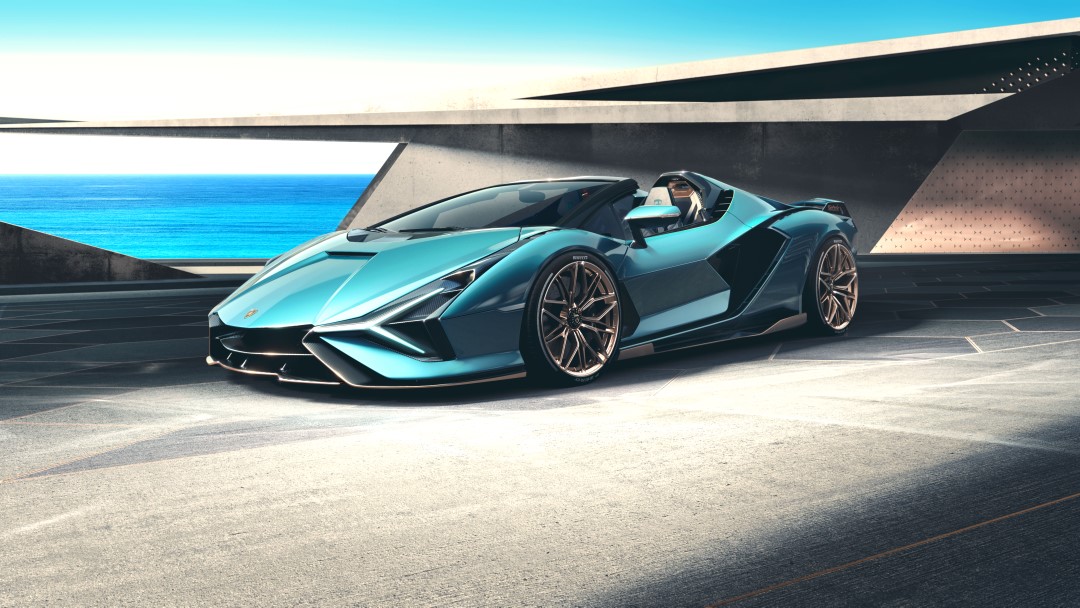Lamborghini has taken the practice of product improvement to a whole new level with the Aventador, culminating in the exhilarating Aventador SVJ. Let’s see, after the original Aventador debuted in 2011, they came out with the Aventador Roadster. Then the SV (Super Veloce). Then the SV Roadster. And finally, to the SVJ (Super Veloce Jota) and SVJ Roadster. Whew, that’s a lot of product improvement right there. As the lightest, most powerful, and hardest-cornering Aventador, the SVJ we are examining today is no doubt the king.

Creating the Aventador SVJ
First things first: power. While using the same 6.5-liter V12 that is used by every other Aventador, the SVJ’s powerplant puts out nearly 30 bhp more than in the Aventador S. For those counting, that’s nearly 70 more hard-charging horses than came in the original model. But this car is about so much more than raw power. In fact, the technology involved is rather staggering, even in today’s mad supercar arms race.
Through various uses of titanium and carbon fibre, Lamborghini was able to shed an additional 50 kgs (110 lbs) from the already light Aventador S. The SVJ also uses a new system named Aerodynamica Lamborghini Attiva (ALA) to help boost downforce by 40%, while reducing drag by 1%. Far from a simple rear wing, ALA incorporates a front splitter, rear diffuser, side skirts, fins, and underbody aero to keep the Aventador SVJ stuck to the track. As you probably know, the SVJ delivered on its promises, turning in a blistering 6:44.97 lap time at the Nürburgring. Not only is that the fastest time ever recorded by a production vehicle, but it beats the second-place Porsche 911 GT2 RS by over 2 full seconds.

Under 1,000 Produced
Lamborghini claim that, in building the SVJ, lightness and performance were in constant pursuit of each other. Sure, the line is a tad trite, but there is no denying that this is one of the most hardcore supercars ever made. And, believe me, there is so much more going on with this car than we even had room to discuss in this article. As you would guess, production will be very limited. Just 963 SVJs will be built.
Images Copyright of: Lamborghini.

